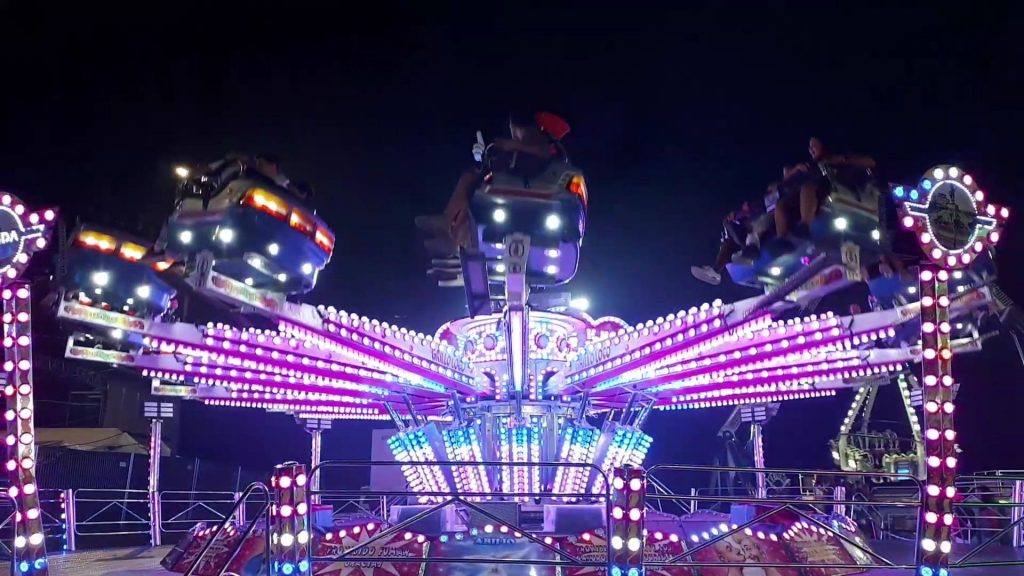What is the general LED lighting effect?
The general LED lighting effect is affected by many factors, including the type, quality, manufacturer and design of the LED. The following is a detailed analysis of the LED lighting effect:
- LED light source light effect
The light effect of LED light sources is usually expressed as the number of lumens per watt of electrical energy (Lm/W). According to publicly released information, the general LED light source light effect ranges from 90 to 130Lm/W. This means that a high-quality LED light source can produce 90 to 130 lumens per watt of electrical energy. However, there may be LED light sources with higher or lower light effects, depending on the specific manufacturer and product design. - Overall light effect
In addition to the light effect of the LED light source itself, the overall light effect is also an important indicator for measuring the performance of LED lamps. The overall light effect is usually lower than the light source effect, because the design of the lamp, the heat dissipation system and the optical components will affect the light effect. Generally speaking, the overall light effect is more than 85~100Lm/W, which is a more common level. - Light Efficiency in Practical Applications
In practical applications, the light efficiency of LED lamps may be affected by many factors, such as ambient temperature, duration of use, and dust accumulation. These factors may cause the light efficiency of LED lamps to gradually decrease. Therefore, in order to maintain the high light efficiency and long life of LED lamps, regular maintenance and care are very important. - The relationship between light efficiency and energy consumption
The high light efficiency of LED lamps means that they can produce light of the same brightness with lower energy consumption. This is of great significance for energy conservation and emission reduction and reducing energy costs. For example, an LED lamp with a light efficiency of 100Lm/W will consume less electricity than a lamp with a light efficiency of 50Lm/W when producing the same brightness. - Light efficiency requirements for different application scenarios
Different application scenarios have different requirements for the light efficiency of LED lamps. For example, in places that require high-brightness lighting (such as stadiums, exhibition halls, etc.), you may choose LED lamps with higher light efficiency and stronger brightness; while in places that require soft lighting (such as family rooms, offices, etc.), you may choose LED lamps with moderate light efficiency and appropriate color temperature.
In summary, the general LED lighting effect range is roughly between 90~130Lm/W, but the specific light efficiency depends on many factors. When choosing LED lamps, you should choose the appropriate light efficiency and brightness level according to the specific application scenario and needs.

rhdr 














